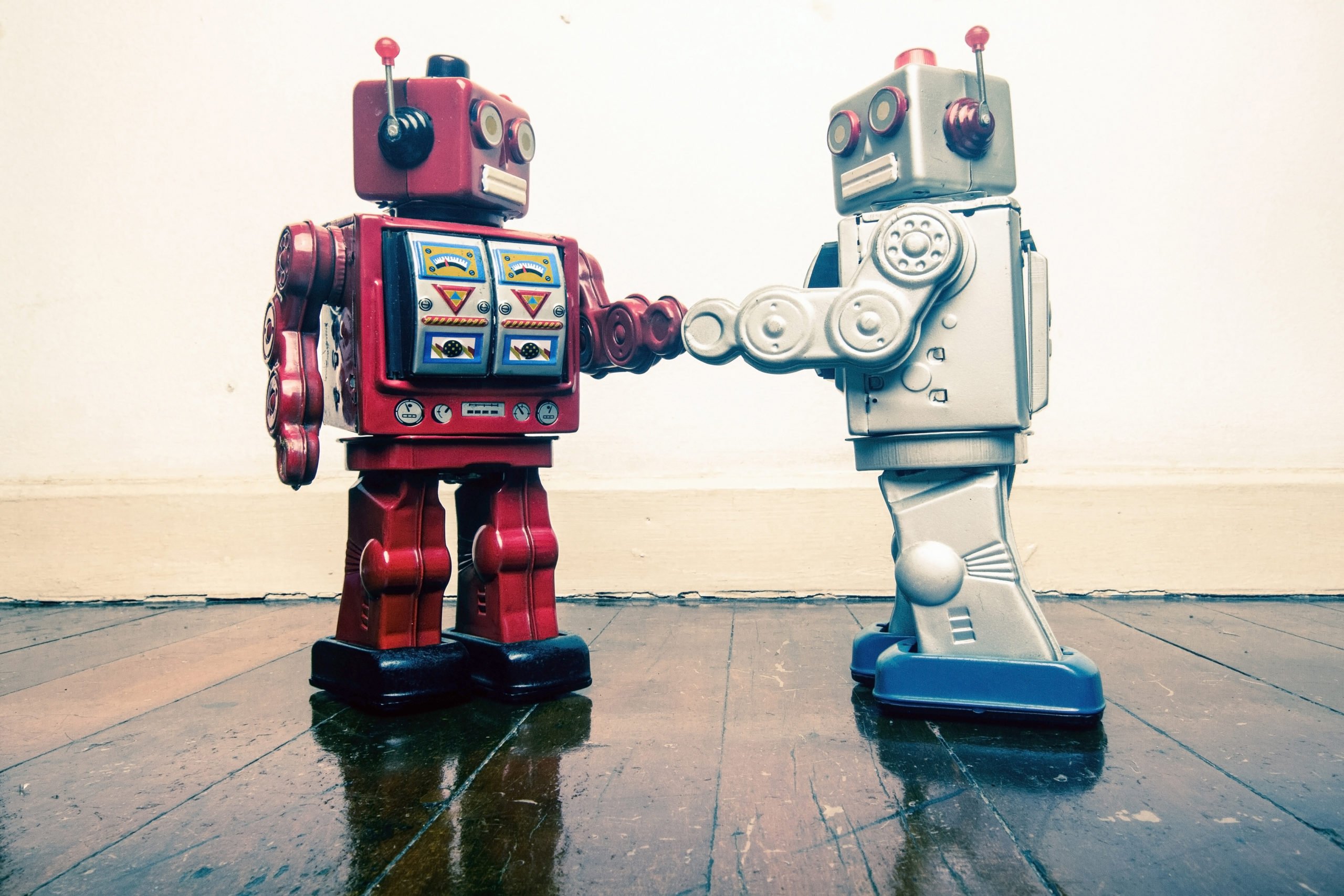We are often asked about the difference between a call and an SMS. Here is a summary of the main differences. However, it is good to keep in mind that, at their best, speech and text are mutually supportive methods in omnichannel communication.
Nowadays, omnichannel communication places a great emphasis on written communication thanks to its cost-effectiveness. Spoken communication has, almost without exception, required more human resources than written communication. Thanks to advancements in technology, though, the situation has changed.
Speech can now be conveyed and received automatically at any given time. Current technologies are also able to automatically transcribe speech to text without requiring translation help from a human. Speech and text are both important parts of omnichannel communication. What then are the differences between an SMS and a call, and what functions are calls most suitable for? These are the questions we tackle in this blog.
Call is the only real-time channel of communication
When your phone rings, the timeframe for answering it remains active for roughly 27 seconds before the answering machine takes over. In other words, a person can either answer the call or ignore it. Either way, the response is immediate. But when a message arrives on your phone, it remains unanswered until you respond to it in some way. You can reply to an SMS straight away, later or not at all.
The real-time nature of calls is vital in applications such as bulletins or surveys, where an immediate response is vital.
Big difference in maximum response length
An SMS is 160 characters long, whereas 1 minute of speech comprises approximately 750 characters, depending on how fast you speak. A call can record an open-ended message up to 10 minutes long, which includes the same amount of characters as 45 SMS messages, give or take.
It is unusual to write extremely long messages, whereas most of us find it easy to speak. SMS messages are perceived to be a quick method of communication. Talking enables you to send or receive more content compared to the time it takes to type a message.
Typical applications where respondents are required to give their views include opinion polls, studies and personnel surveys.
Tone of voice gives an emphasis to the message
An SMS message lacks a tone of voice which can give an indication of the sender’s mood, such as happy, friendly or aggressive. A tone of voice can give the message an emphasis. For example, it can be used to motivate, give an order or encourage the respondent to act. According to researcher Albert Mehrabian, as much as 38% of the interpretation of human-to-human communication is down to the tone of voice. In other words, voice plays a major role in how a message is received and understood.
Tone of voice is extremely important in all applications. The most critical applications where the message requires weight are, for example, calls related to the payment of an invoice.
The caller can be redirected in a call
A robot can redirect a caller to a customer service agent if the situation requires it and the robot is programmed to do so. SMS messages are as of yet unable to do the same. Instead, the recipient must call customer service if they need to talk to a human.
Typical applications where redirection is required include customer service and a switchboard service.
Automated calls have novelty value
The 2020s are called the era of voice communication. Businesses that want to provide better customer service have already realised this. A firm using automated calls makes its brand look modern.
At the moment, automated calls are noteworthy because they are a new channel that is not yet widely used. Being genuinely omnichannel brings added value to the company and its customers alike.
You will know straight away if your message has reached its recipient
With a call, you will know instantly whether it reached its recipient or not. With an SMS, there is no way of telling whether the recipient has seen it or not. An SMS can be easily forgotten on the phone, in which case it doesn’t do what it is supposed to do. Responses gathered on the phone can be compiled directly after the call, whereas there is a delay between sending and receiving a message. In other words, SMS messages take longer to compile than calls.
Applications where it is useful to get the answers quickly include different kinds of opinion polls.
SMS messages can yield duplicate responses – calls do not
SMS messages are sent in bulk, at once to all recipients. Calls are made in a row. A call can identify a few suitable persons that meet the criteria from a large number of people. In that case, not everyone needs to be called.
A typical application where this is a critical factor is shift planning. Here is an example of the difference between a call and an SMS: A company is looking for five workers from a large group of employees to cover a shift. A robot makes calls until the five have been found. An SMS message is sent simultaneously to all employees, receiving several positive responses. It then becomes necessary to send a second message explaining that the five persons required have already been found.
In omnichannel thinking, calls and SMS messages support one another
Automated calls as part of omnichannel communication are a relatively new thing and a perfectly natural part of fluent communication. The typical characteristics of a call are drastically different from SMS messages, which makes it important to find the right uses for both.
On-Time’s team of experts wants to find the best and most efficient ways of communicating with customers. In omnichannel communication automated calls and SMS messages are important channels, both with a clear and defined purpose.

